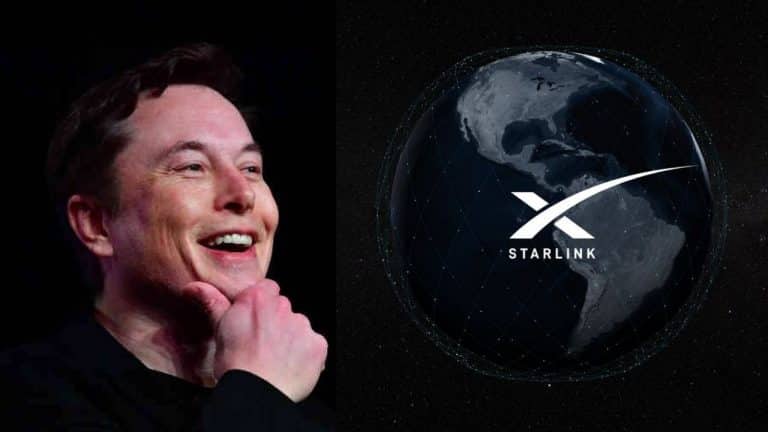According to the results of a speed test, SpaceX’s Starlink satellite is capable of matching the speed of broadband.
Starlink, which now has close to 90,000 active customers, has almost surpassed the speed of conventional satellite internet, according to some estimates.
New research by Ookla showed that the speed of Starlink Internet has significantly increased in recent months, and it is now comparable to the speed provided by wired broadband service providers.
Earlier this year, Tesla CEO Elon Musk stated that the business had reached the “strategically significant barrier” of 69,420 active users and that the company will now expand its worldwide reach.
During the second quarter of 2021, the Ookla speed test report compared HughesNet, Starlink, and Viasat and found all of them to be promising.
Starlink was the only satellite internet provider in the United States with latency statistics comparable to fixed broadband, as well as median download speeds high enough to meet the majority of the demands of contemporary online life at 97.23 Mbps during the second quarter of 2021 (up from 65.72 Mbps in Q1 2021).
With a speed of 19.73 Mbps (15.07 Mbps in Q1 2021), HughesNet was a distant second and Viasat ranked third with a speed of 18.13 Mbps (17.67 Mbps in Q1 2021).
The study said that although none of these options are as fast as the 115.22 Mbps median download speed for all fixed broadband providers in the United States during Q2 2021, they are “far superior to constructing twenty miles (or more) of trench to connect up to local infrastructure.”
It was discovered that the upload speed of Starlink’s internet service was 13.89 megabits per second, which was similar to the upload speed of fixed broadband connections (17.18 Mbps in Q2 2021, 15.99 Mbps in Q1 2021).
Viasat, which had the second-fastest upload speed among satellite internet providers, was a close second to Starlink in terms of overall performance.
Although it had an upload speed of 3.38 Mbps, it was slower than HughesNet, which had an upload speed of 2.43 Mbps.
According to the Ookla study, Starlink was the only service among the three to have a median latency that was anything close to the latency experienced on fixed broadband.
It was only possible for Starlink to accomplish this feat because of its constellation of low-earth-orbit (LEO) satellites.
When compared to a conventional internet service provider, this brings the satellites closer to the earth’s surface.
Viasat and HughesNet, on the other hand, have satellites in higher “geosynchronous” orbits, with their spacecraft traveling approximately 35,000 kilometers per hour. This was the primary reason why Starlink was much faster than the other two options.
Earlier in June, Starlink business president Gwynne Shotwell said that the firm has launched about 1,800 satellites and that once all of those satellites have reached their operational orbits, Starlink would have continuous worldwide coverage by September of this year.
Too far, Starlink provides beta services in 11 countries, including the United States, Australia, and New Zealand, as well as certain areas of Europe and Asia.
SpaceX intends to launch about 42,000 Starlink satellites into low-Earth orbit by the middle of the next decade.

